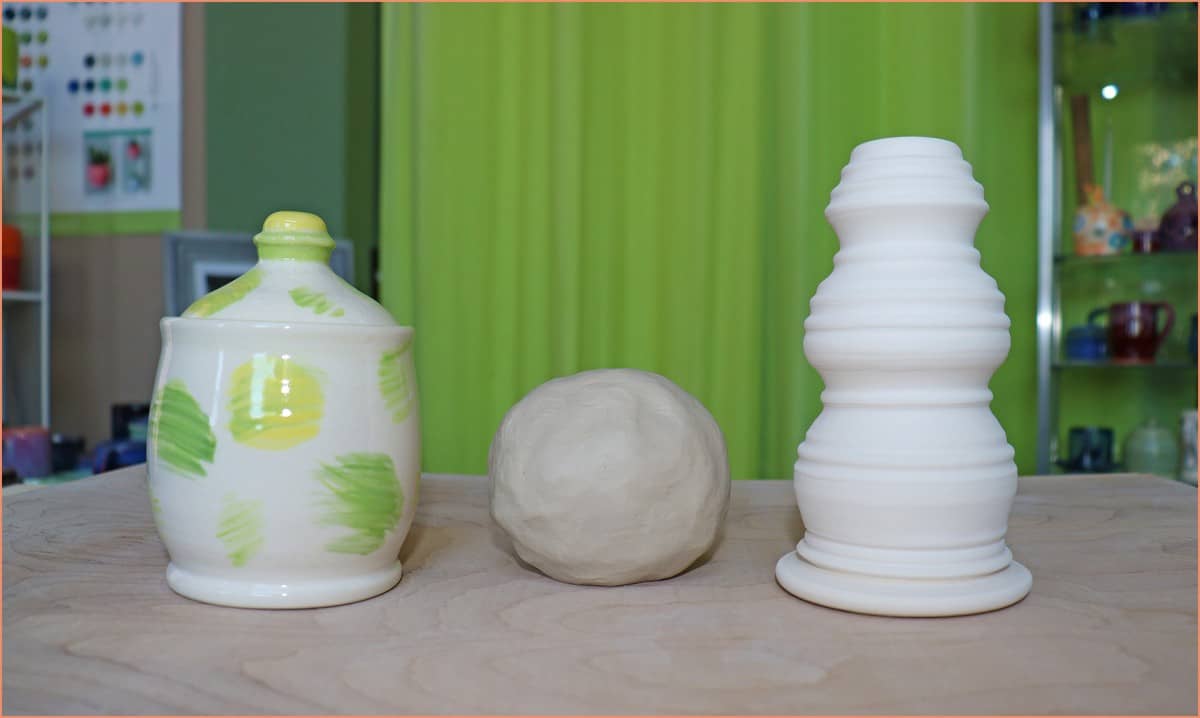The Usual Raw Material For Ceramics Generally Found Beneath The Top Soil Is

They withstand chemical erosion that occurs in other materials subjected to acidic or caustic environments.
The usual raw material for ceramics generally found beneath the top soil is. Tips on how to process clay. Ceramics are among the oldest materials used by man since the natural ceramics rocks are the essential constituents of the earth s crust. It is formed primitively naturally dried and fired in the kilns in the workshop gür et al 2012 clay brick is the oldest and most used building material has been manufactured at the waterfronts where suitable soil could be found ward perkins 1981 fernandes et al 2010. This is shown in the soil classification triangle from which it can be seen that for example a sandy clay loam is defined as soil which contains 50 to 80 sand 0 to 30 silt and 20.
The usual raw material for ceramics generally found beneath the top soil is a sand b silt c clay d plaster of paris. Their name come from the greek keramos which signifies baked potters clay. River banks stream beds construction sites road cuts naturally exposed earth such as in canyons or gullies of course you need to obtain permission from the land owner before removing any clay from a site. Some elements such as carbon or silicon may be considered ceramics ceramic materials are brittle hard strong in compression and weak in shearing and tension.
If you are thinking about learning how to process clay from the ground but are wondering where to find natural clay deposits here are some good places to look. Clay was the raw material used to make the first synthetic ceramics pottery.













































